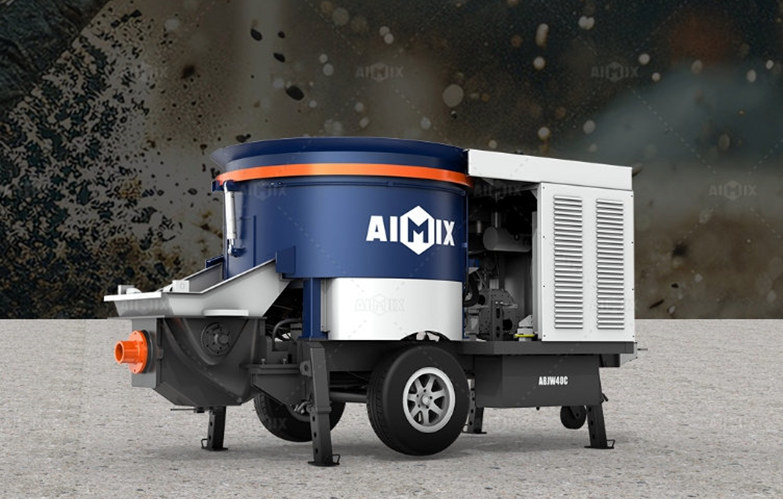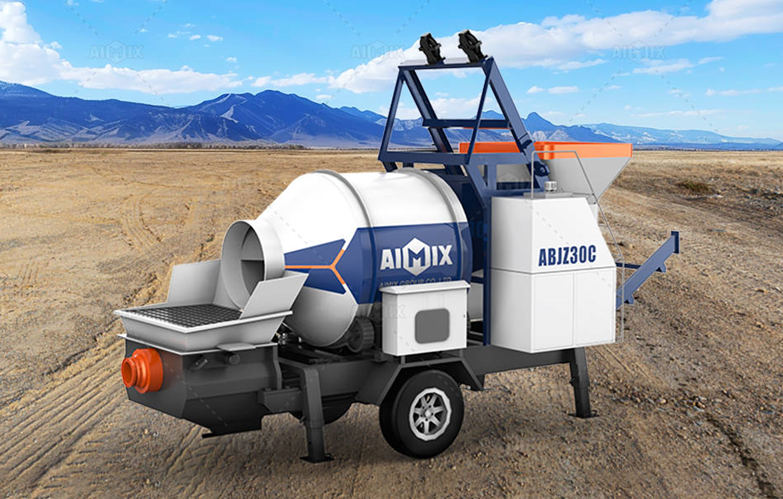How to Increase Concrete Mixer Pump Prices Without Losing Customers
In the competitive construction equipment market, raising the concrete mixer pump price or concrete pump price can be challenging. Customers are often price-sensitive, but with the right strategy, you can justify higher prices while maintaining—or even growing—your customer base. This guide explores tactical approaches to increasing prices without losing sales, ensuring your business remains profitable and sustainable.

Why Increasing Prices is Necessary (And How to Do It Right)
Before adjusting your concrete mixer pump price, understand the key reasons for price increases:
✔ Rising material costs (steel, hydraulics, electronics)
✔ Higher manufacturing and logistics expenses
✔ Increased demand for advanced features
✔ Competitive positioning against premium brands
However, simply raising prices without justification can drive customers away. Below are seven proven strategies to increase prices while keeping—or even enhancing—customer satisfaction.
7 Strategies to Increase Prices Without Losing Customers
Strategy 1: Add More Value (Justify the Higher Price)
Instead of just increasing the concrete pump price, enhance the product's perceived value:
Bundle free services (1-year maintenance, operator training)
Include premium attachments (extra pipelines, remote control systems)
Offer extended warranties (3 years instead of 1)
Example:
Old price: $50,000 (basic model)
New price: $55,000 (includes free training + extended warranty)
Result: Customers feel they're getting more, not just paying more.
Strategy 2: Introduce Tiered Pricing (Good-Better-Best Model)
Not all customers need the same features. Offer multiple pricing tiers:
- Tier | Features | Price |
- ----------|------------|----------|
- Basic | Standard pump, 1-year warranty | $50,000 |
- Premium | Advanced hydraulics, 2-year warranty | $60,000 |
- Elite | Full automation, 3-year warranty, GPS tracking | $75,000 |
Why it works:
Budget buyers still have an option.
High-end buyers pay more for premium features.
Strategy 3: Improve Brand Perception (Charge a Premium)
Customers pay more for brands they trust. Strengthen your brand by:
✔ Highlighting certifications (ISO, CE, OSHA compliance)
✔ Showcasing customer testimonials (case studies, video reviews)
✔ Offering white-glove service (24/7 support, fast spare parts delivery)
Example:
A no-name concrete mixer pump price may be $45,000.
A trusted brand with service support can charge $55,000+.
Strategy 4: Implement Surcharges (Instead of Raising Base Price)
Instead of increasing the concrete pump price outright, add optional fees:
Fuel surcharge (adjusts with diesel prices)
Expedited delivery fee (for urgent orders)
Customization charge (special colors, branding)
Why it works:
Base price stays competitive.
Customers only pay extra for what they need.
Strategy 5: Offer Financing & Leasing (Make Higher Prices Affordable)
A higher concrete mixer pump price is easier to accept if customers can pay over time.
Lease-to-own plans ($1,500/month instead of $60,000 upfront)
Low-interest financing (partner with equipment lenders)
Rent-to-buy options (apply rental payments toward purchase)
Example:
Instead of $60,000 cash, offer $1,800/month for 36 months.
Result: More customers can afford your pumps.
Strategy 6: Highlight Cost Savings (ROI Justification)
Show how a higher concrete pump price leads to long-term savings:
✔ Fuel efficiency (saves $5,000/year in diesel)
✔ Longer lifespan (lasts 10+ years vs. 5–7 for cheaper models)
✔ Less downtime (reliability = more projects completed)
Case Study:
Cheap pump: $40,000, but requires $10,000/year in repairs.
Your pump: $55,000, but only $2,000/year in maintenance.
Customer saves $3,000/year—justifying the higher price.
Strategy 7: Gradually Increase Prices (Avoid Sticker Shock)
Instead of a sudden 20% price hike:
Increase by 5% every 6 months (less noticeable)
Grandfather existing customers (honor old prices for loyal clients)
Announce changes early ("New pricing effective Jan 2025")
Example:
Q1 2024: $50,000
Q3 2024: $52,500
Q1 2025: $55,000
Mistakes to Avoid When Raising Prices
❌ Sudden, unexplained increases → Customers feel blindsided.
❌ Cutting quality to offset costs → Damages reputation.
❌ Ignoring competitor pricing → Lose buyers to cheaper brands.
Do This Instead:
✔ Communicate transparently ("Due to steel costs, prices will rise 5%").
✔ Offer loyalty discounts (reward repeat buyers).
✔ Monitor customer feedback (adjust if backlash occurs).
Real-World Example: Successful Price Increase
Company X sold concrete mixer pumps at $48,000 but faced rising costs. Instead of hiking prices directly, they:
1. Added free on-site training (+$2,000 value).
2. Introduced a premium model with automation (+$12,000).
3. Offered financing ($1,600/month).
Result:
20% higher average sale price ($48K → $58K).
No loss in sales volume (customers saw added value).
Final Checklist Before Raising Prices
✅ Have you added visible value? (Services, warranties, features)
✅ Is your brand strong enough? (Testimonials, certifications)
✅ Are competitors also raising prices? (Market trends)
✅ Can you offer payment plans? (Financing/leasing)
✅ Have you tested small increases first? (5% trial hike)
